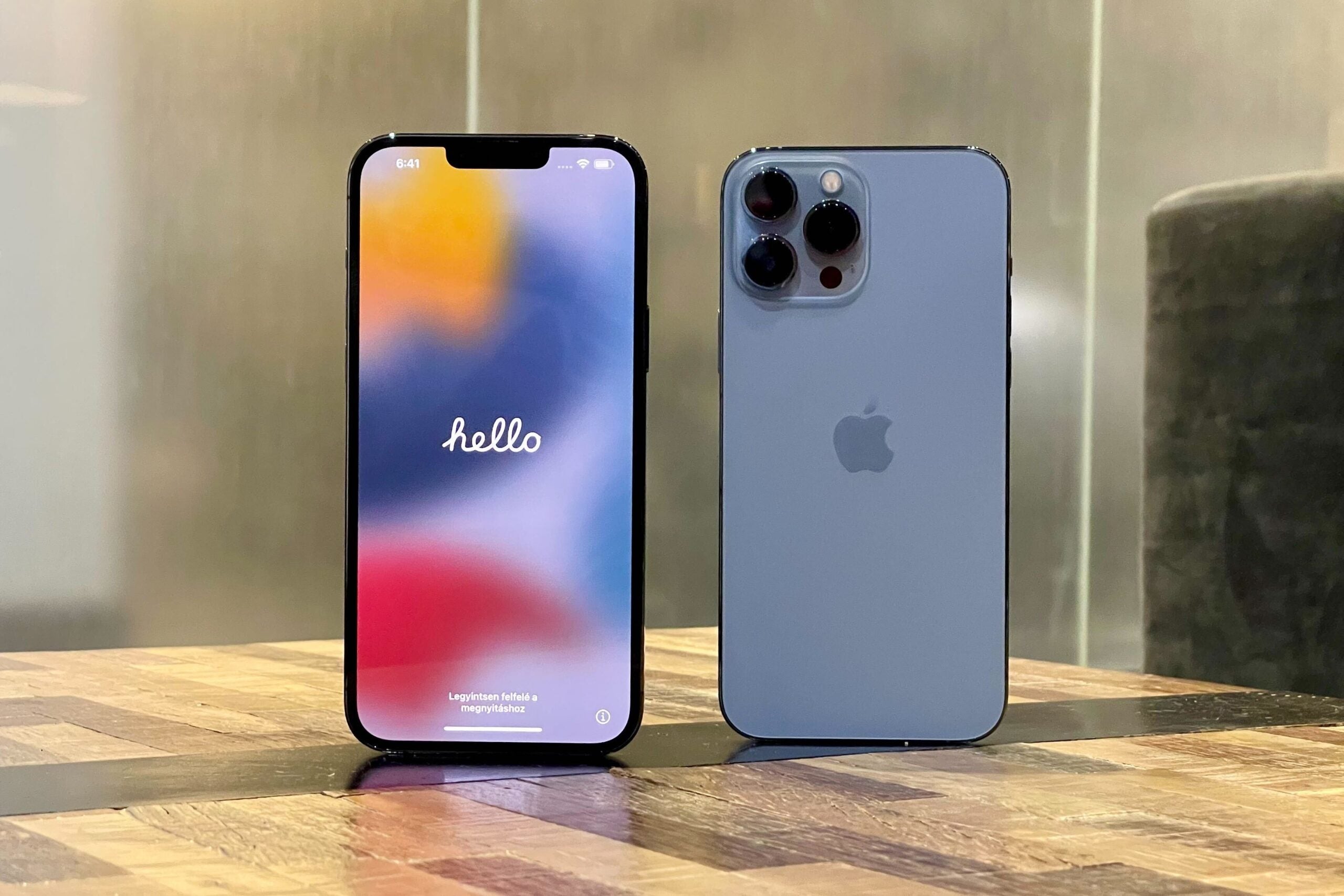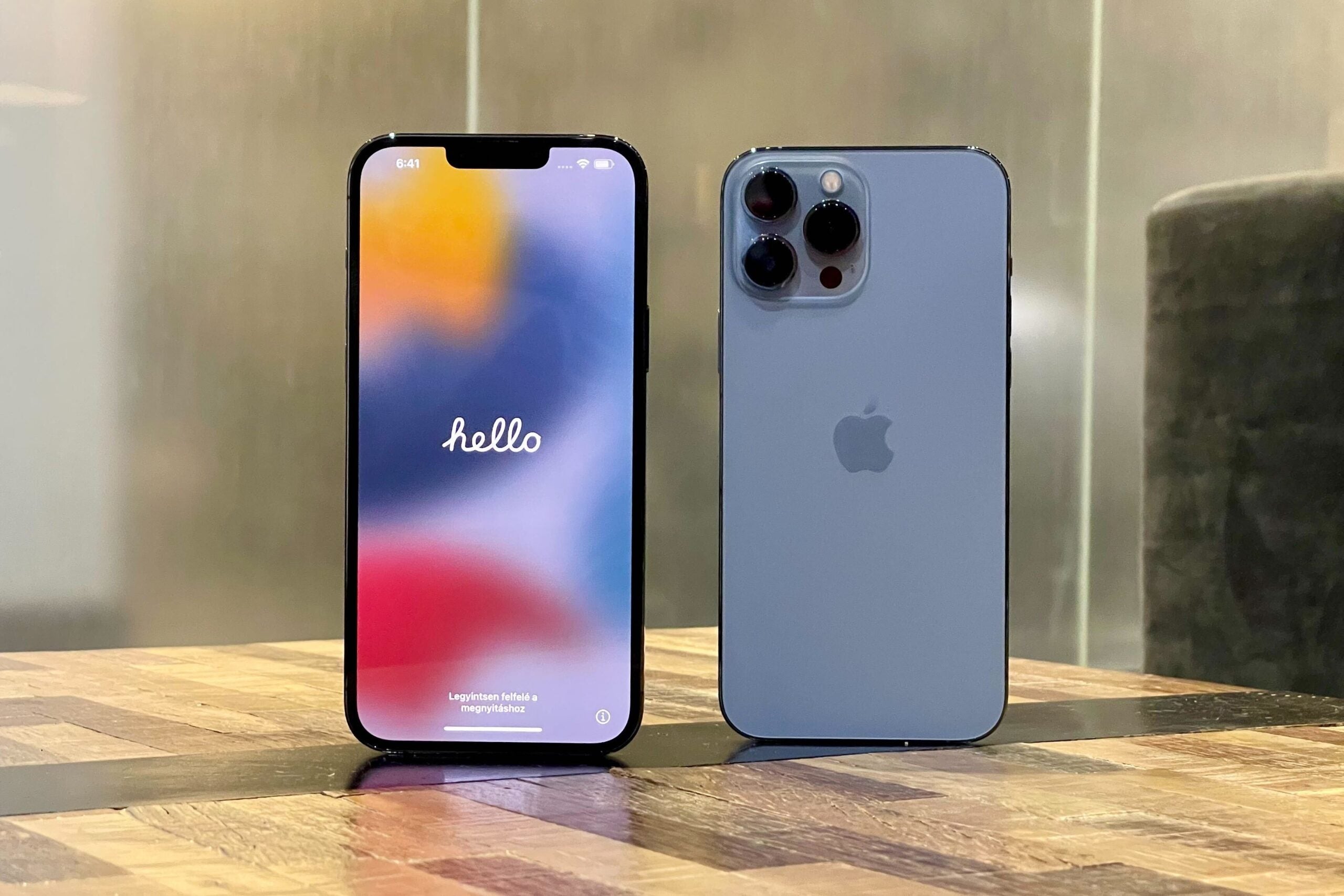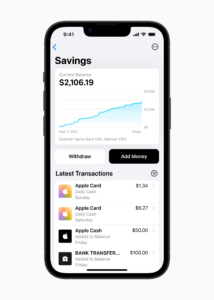Editor’s note: This is a recurring post, regularly updated with the latest information.
Credit cards offer all kinds of protection, from travel insurance and trip delay coverage to purchase protection and extended warranty. One of the single most useful benefits any credit card can offer, however, is cellphone protection.
Nearly everyone has a cellphone these days, and the cost of repairing or replacing one if it’s damaged, lost or stolen can add up to hundreds or even thousands of dollars depending on the model you carry and your plan.
That’s where carrying the right credit card can come in handy. If your credit card provides cellphone protection, it can help cover part or all of the cost of fixing or replacing your phone. The catch? You usually need to pay your phone bill each month using the card that offers the protection. Otherwise, you likely won’t be eligible for reimbursement when you need it most.
To ensure you are covered, read on to learn how credit card cellphone protection works and why you should link your credit card with cellphone protection to your mobile bill.
How credit card cellphone protection works

Once a relatively rare perk, more and more credit cards now offer some type of cellphone protection. The specifics vary from card to card. But in general, this coverage will protect you against major damage and, in some cases, theft. However, most policies exclude scratched or cracked screens that do not impact the phone’s performance.
Policies typically cover $600 to $800 per claim and up to two or three claims per 12-month period, with a deductible that’s usually $50 to $100 per instance.
Most importantly, however, you’ll usually need to pay your monthly cellphone bill with your credit card to be eligible for protection. It’s not enough to simply carry a credit card with this benefit; you’ve got to use it to pay your bill month after month to get and keep coverage.
Credit card cellphone protection usually covers not just the primary cardholder’s phone but also any supplemental lines listed on the same account that you also pay for. Again, this will vary from card to card, so check your individual card’s guide to benefits before deciding which one might have the best coverage for your needs.
The easiest way to accomplish this is to set up autopay on your account with the specific credit card; that way, it’s automatically charged every month. Then your cellphone bill is one less thing you have to worry about paying manually each month, and you won’t accidentally use a different card (without coverage) to pay your bill.
Related: How I wasted $300 using the wrong card to pay my cellphone bill
Credit cards that offer cellphone protection
Without going into an exhaustive list of the best cards that provide cellphone protection, here are four of the top options.
- The Platinum Card® from American Express: Amex added a cellphone protection benefit in April 2021. When you pay your wireless bill with the card (the primary cardmember’s phone number needs to be listed on the bill), you’ll be eligible for up to $800 per claim and two claims per 12-month period toward theft or damage, with a $50 deductible per approved claim. Occasionally, there are also targeted Amex Offers that can help you save on your cellphone bill.*
- Wells Fargo Active Cash® Card: The Wells Fargo Active Cash (see rates and fees) offers cellphone protection against damage and theft when you use the Active Cash card to pay your monthly cellphone bill. Eligible cardmembers can receive up to $600 per claim after a $25 deductible. There is a maximum of two paid claims per 12-month period.
- Capital One Venture X Rewards Credit Card: To qualify for the Venture X’s cellphone protection benefit, cardholders must charge their monthly cellphone bill to their card for at least one month before their phone is stolen or damaged. The Venture X’s protection covers all lines on the bill, and cardholders can get up to $800 per claim after a $50 deductible. The cellphone protection benefit is limited to two times within 12 months.
- Ink Business Preferred Credit Card: This small-business card offers protection against theft or damage of up to $1,000 per claim, up to three claims per 12-month period, with a $100 per-claim deductible. Plus, it earns 3 Chase Ultimate Rewards points per dollar on the first $150,000 spent on combined, assorted business categories each account anniversary year, including cellphone bills.
* Eligibility and Benefit level varies by Card. Terms, Conditions and Limitations Apply. Please visit americanexpress.com/benefitsguide for more details. Underwritten by New Hampshire Insurance Company, an AIG Company.
For Capital One products listed on this page, some of the above benefits are provided by Visa® or Mastercard® and may vary by product. See the respective Guide to Benefits for details, as terms and exclusions apply.
Bottom line
Considering it can cost hundreds of dollars, or more, to fix or replace a stolen or damaged phone, having credit card cellphone protection can be a real money-saver. So, even if another card offers more points when you use it to pay your cellphone bill, you’ll likely want to set up autopay for your cellphone plan with the card that offers the best cellphone protection benefits.



